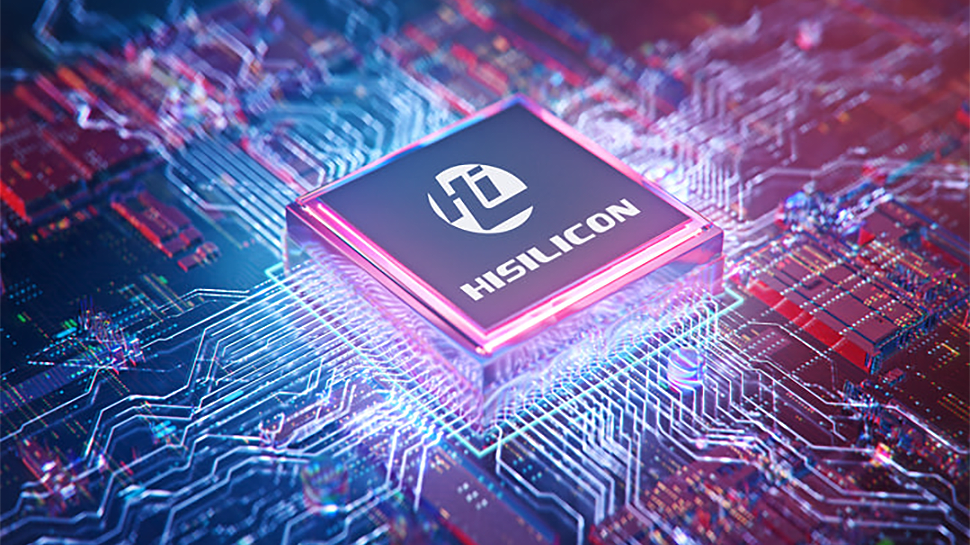
According to a leak from a Weibo user, Huawei's chip development unit is working on a next-generation Kirin processor for PCs in addition to releasing the HiSilicon Kirin 9010 smartphone application processor. That part will feature the company's next-generation general-purpose cores and a revamped GPU. Huawei reportedly hopes the new Kirin will compete against Apple's M3 in multi-thread workloads.
Huawei's upcoming HiSilicon Kirin processor is projected to feature eight general-purpose Arm cores, including four next-generation high-performance Taishan V130 cores (the Kirin 9000s uses Taishan V120 cores) and four energy-efficient cores. The system-on-chip is expected to integrate the company's next-generation Mailiang 920 GPU with 10 clusters, bringing a vast performance uplift compared to the Kirin 9000s, which features a quad-cluster Mailiang 910 GPU.
The new Kirin processor will reportedly support up to 32GB of memory, which suggests it will have a 128-bit interface for LPDDR5/LPDDR5X or DDR5 SDRAM.
In general, Huawei expects its next-generation HiSilicon Kirin SoC for client PCs to offer multi-thread performance close to Apple's M3 and graphics performance close to that of Apple M2. However, it is unclear how the next-gen Kirin processor for desktops and laptops will perform against Intel's 16-core Core Ultra 9 185H (6P, 8E, 2LP) platform that powers Huawei's latest Matebook X Pro laptop.
Undoubtedly, Huawei's next-generation Kirin processor for client PCs looks quite impressive. Whether its performance will be on par with Apple's M3 or M2 remains to be seen, but the tech giant's ambitions are evident.
The leak claims that Huawei's HiSilicon could release higher-performance Kirin SoCs in "Pro" and "Max" configurations, similar to Apple, with more general-purpose cores, revamped GPU, and a more comprehensive memory interface.
Given that Huawei does not control 8% to 10% of the global PC market (like Apple does), building higher-end flavors of its Kirin processors for desktops and laptops may not make sense. However, because China's objective is self-sufficiency in the semiconductor field, Huawei's high-performance Kirin processors could be instrumental in replacing higher-end parts from AMD and Intel from PCs used by various government agencies. From this point of view, it is strategically feasible for the company to pursue such an endeavor.
The only question is whether Huawei's manufacturing partner SMIC will have enough leading-edge production capacity to make all the chips that Huawei needs.







